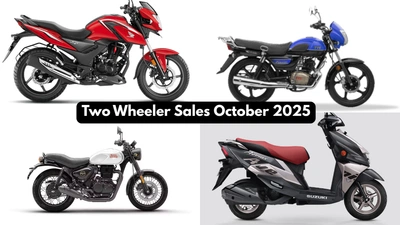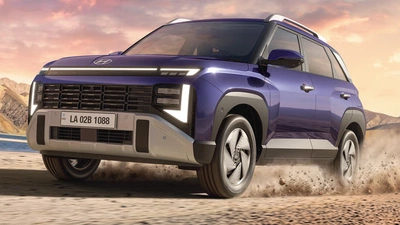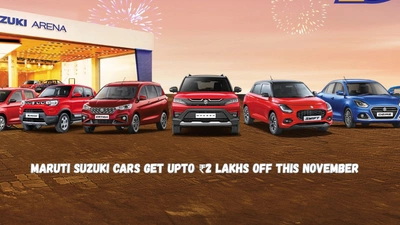Honda 2-Wheelers India Planning E-Clutch Technology in India
Honda Motorcycle and Scooter India is reportedly considering developing an affordable version of their E-Clutch technology for its motorcycles.
By Aman Kumar
Published August 7, 2025

Table of Contents
- What is E-Clutch?
- How does E-Clutch Work?
- E-Clutch’s Affordable Alternative
- Motorcycles with E-Clutch Alternative
The Japanese 2-wheeler manufacturer first introduced their E-Clutch technology in 2023 on their 650cc, 4-cylinder motorcycles. As for India, this technology is currently available on the Honda CB650R and CBR650R.
What is E-Clutch?
Developed by Honda, the E-Clutch is an automated clutch technology that offers riders the convenience of shifting gears on their motorcycles without needing the clutch.
While not an apples-to-apples comparison, it is safe to say that Honda’s E-Clutch is similar to the IMT (Intelligent Manual Transmission) seen on some Hyundai and Kia cars in India, as both require the rider/driver to shift gears manually, but skip the hassle of the clutch.
How does E-Clutch Work?
Honda’s E-clutch Technology uses an engine control unit (ECU) and a motor control unit (MCU) with two small motors and gears to manage clutch engagement. The system processes data from sensors monitoring engine RPM, throttle angle, gear position, shift pedal load, and wheel speeds to execute precise clutch control. During gear shifts, it coordinates half-clutch operation, fuel injection, and ignition timing to ensure smooth transitions without jerks.
Riders get the option to take complete manual control by operating the clutch, with the system switching back to automatic mode after a brief period, perfectly blending convenience with riding thrill.
This technology enhances smoothness, combining elements of quickshifters, manual clutches, and Honda’s Dual Clutch Transmission (DCT) technology. It’s compact, lightweight, and can be integrated into existing engine designs, as seen in models like the CB650R and CBR650R. It is worth noting that E-Clutch-equipped motorcycles weigh 2.5 to 3 kg more than their standard counterparts. Reliability should not be a cause for concern, as the technology is built by Honda, with any possible issues being covered under warranty.
E-Clutch’s Affordable Alternative
It is unlikely for Honda to offer the same technology across its mass-market motorcycles due to cost concerns. Instead, a similar, more cost-effective alternative could be in the works.
When introduced on the CB650R and CBR650R, the E-Clutch-equipped variants of these motorcycles cost ₹40,000 more than their standard variants, which have now been discontinued. Observing these events, an affordable alternative to the E-Clutch could cost roughly ₹20,000 - ₹25,000 more than the standard variants of motorcycles.
This could offer significant benefits for Indian motorcycle riders, particularly in a cost-sensitive market. By eliminating manual use of the clutch, this system would prevent stalling, making it ideal for new riders navigating India’s congested urban roads. This would ultimately reduce fatigue in heavy traffic or long commutes.
By maintaining the engaging experience of a manual transmission while offering automatic-like convenience, this innovation could make motorcycling more convenient for existing bikers, while also encouraging new people to embark on their motorcycling journey.
Given all these benefits, this alternative technology to the E-Clutch, when introduced, would certainly be worth the additional price it demands. If successful, we could even see other two-wheeler manufacturers introduce it in their motorcycles.
Motorcycles with E-Clutch Alternative

Since Honda’s focus is to introduce this technology in affordable, mass-manufactured motorcycles suited for India’s diverse riding conditions, potential candidates could be popular models in the 150cc to 300cc range. These could include the Honda Unicorn, Hornet 2.0, or CB300R, which are already well-received for their reliability and affordability.
Recent posts on X suggest that the Rebel 250/300 could be adapted with this technology, indicating Honda’s intention to integrate it into entry-level or mid-range bikes.
Write a comment
Comments
No comments yet. Be the first to comment!









